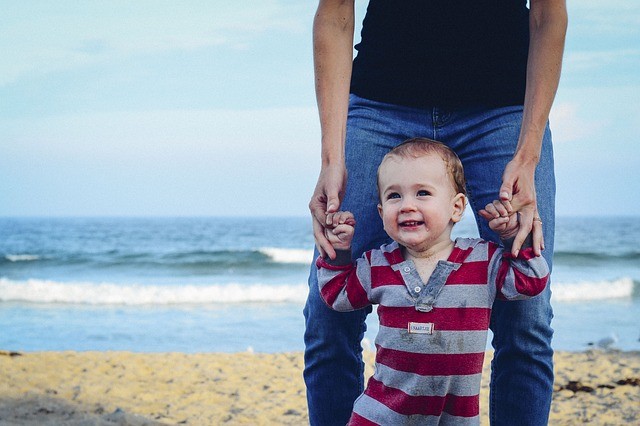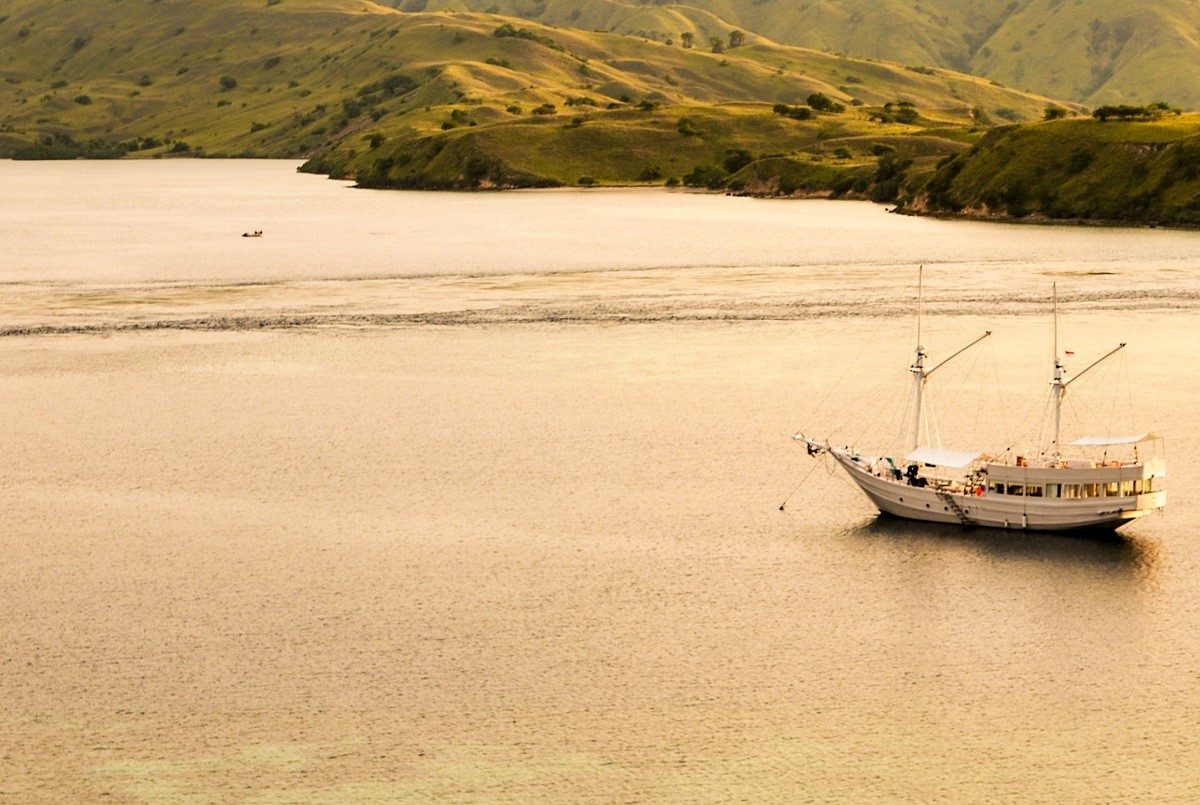Travelling to far-flung destinations can be exciting or daunting, depending on your frame of mind. But one thing is for sure, taking a little time to plan can make all the difference once the novelty wears off and the boredom sets in...
First of all, what a long-haul flight is requires some definition; technically, it is any flight that is over four hours, however, just to add to matters, it then falls into two different categories; medium long haul and ultra-long haul, the latter being a flight over eight hours. For example, a flight from London to Hong Kong totals around twelve hours making it ultra-long-haul. But it is not just the length of the actual flight that needs to be planned for, there is the journey to the airport, check in, security, boarding, immigration checks at your destination, reclaiming baggage and then your transfer to your final destination all adding hours to your total door to door time. We’ve put together some of our best tips to help you survive your long-haul trip!
Be kind to yourself. Reducing your stress levels the day before your trip can make a huge difference to your experience on the big day. Make sure you plan ahead and get everything ready in plenty of time to avoid those last-minute panics that stress everybody out; make sure you have located and checked all your documents in good time, why not treat yourself to a nice folder to keep your tickets, passports, visa information, insurance, emergency contact numbers, your travel itinerary and other relevant articles in. Then the day before you travel you will be able to do pleasant activities that relax you; don’t pull a 12-hour shift and leave your packing until the small hours of the morning.
Hand luggage and essentials ‘flight pack’.
Well thought out hand luggage can be a real gamechanger on a long-haul flight. Having the right items within easy reach can reduce stress and add to your comfort. Make sure you pack some extra layers of clothes to wear; cabin climate control can sometimes be on the chilly side and having spare clothes, or at least fresh underwear, to change into when you arrive will help you feel less dishevelled. Packing a little bag with essentials such as, comfort eye drops, toothbrush and toothpaste, tissues, flight stockings, painkillers, ear plugs, an eye mask, a small mirror, some make up, small pack of ‘freshen up’ wipes, hand cream, and antibacterial hand gel can go a long way to make your journey more comfortable, just pop it on top and everything will be within easy reach. Don’t forget to pack headphones, your phone, iPad or android tablet, (even in ‘flight mode’ these can help while away the hours). Don’t forget to install apps such as FlightAware which gives you updates on airport delays and flight delays, it can be set to send you notifications, weather updates, and maps your journey so you can see the route you will be taking. Being able to reduce boredom, stress, and anxiety is really useful, try using apps that use meditation techniques such as Calm, The Mindfulness App, Headspace, and Omvana are particularly useful when you're trying to sleep but find yourself distracted by noise, other people, or just the general goings on, alternatively, listen to music on Spotify, Google Play Music, or Apple Music apps to dull the drone of the plane engines. Downloading the kindle app on your phone or tablet means you can have a wide choice of reading material without adding bulk, or weight, to your hand luggage. Always download a few movies that you love because sometimes you just want to be brain dead and not have to follow a plot that requires any concentration, the movies may not be to your taste, and airplane screens can dry your eyes (hence the comfort eye drops in your essentials pack).
Are you an expat looking to make the most out of your stay in Southeast Asia? How about a romantic diving trip for two on a sailing boat? Our latest guest blogger and author of We Love It Wild, Nanda Haensel, comes onboard TheExpat.com to share her unique experience of sailing to Komodo Island, Indonesia, aboard the Alexa for three days! Team Expat believes this is an experience that you cannot miss once you're more or less settled in the neighboring region.
Sailing on a boat isn't as easy as it seems, given that most people are prone to motion sickness and there is a decided lack of amenities onboard. However, it’s an experience that adventurous expats should try given that the climate in Southeast Asia is ideal for sailing (not too hot, not too cold), plus it cuts down on a lot of travelling time if you’re flying from Singapore, Kuala Lumpur or Hong Kong to Indonesia.
But enough raving on our part, hear it from Nanda herself, first hand. Makes you want to book a boat, leave work behind and just sail away...
Setting sail on the Alexa
It was on the late evening of 17 April when the 4 of us caught a flight on the Singapore Airlines from Singapore to Bali. As we can’t fly directly to our destination, we had to take a connecting flight to Labuan Bajo, which we had scheduled early next morning. Located at the westernmost tip of Flores, the town of Labuan Bajo is a small fishing village that marks the starting point of tourist trips to Komodo Island. There, we first laid eyes on our stunning sailing boat, the Alexa.A former cargo boat, the Alexa was transformed into the most romantic sailing boat in Indonesia with the bones of an original phinisi. Described as “a single-cabin vessel in Indonesia built for a love affair”, we immediately fell in love with its beautiful simplicity, despite the fact that we were not exactly looking for a sailing boat, as we were travelling with 2 more friends. As the boat was only built for 2, it has only one bedroom for 2, but my husband and I decided that we wanted to sleep in the open on the upper deck, under the blanket of stars, instead, so the arrangement worked out fine.
A brief history of Komodo Island
So why did we choose to sail to the Komodo National Park? When we’ve heard that the diving experience in Komodo is world-class, the opportunity seemed too good to pass up.Komodo is unique in that it offers 2 completely different marine environments with over 1,000 species of fish faunas. Komodo National Park is located between the islands of Sumbawa and Flores in the Lesser Sunda Islands, at a distance of 200 nautical miles to the east of Bali. It includes three major islands: Komodo, Rinca and Padar, as well as numerous smaller islands. Combined, they boast a total surface area of more than 1,800 km.
The park has been identified by WWF and Conservation International as a global conservation priority area, and declared a World Heritage Site by UNESCO. With such a rich marine biodiversity, diving in Komodo should be on the to-do list for anyone who is passionate about marine life and the sea.
Dive, dive, diving!
We started our dive safari at Siaba Besar, which is an amazing dive site in north Komodo. A beautiful coral garden lies along the western coast of the island with the currents getting stronger the farther south you go. During our dive, we were lucky enough to spot black tip sharks, barracudas, snappers, trevallies, wrasses and turtles!Our next dive site was at Pink Beach, one of the seven pink beaches in the world. The “pink” sand is a result of the white sand mixing with the red coral in the shallow waters, and is another one of the many amazing features of Komodo.
The highlight of the trip, however, was the following day. The morning dive happened at Manta Point, which is well known as the spot where large groups of manta rays. As a result, it’s also a popular diving site—or it’s supposed to be, for we never saw anyone else there. Our diving instructor, Michael, and the 4 of us were the only ones swimming with 15 giant manta rays. At least, that’s what we were trying to do, for the currents were very strong here, and avoiding getting ourselves dashed on the rocks was more of our priority.
After Manta Point, we headed to our final dive site, feeling overwhelmed. Thankfully, our diving experience in Golden Passage was less crazy. We managed to do drift diving here, which is a type of scuba diving where the diver is transported by the currents caused by the tide, giving you the impression of flying. The coral reef was easily the most beautiful ones I’ve seen in my entire life (and that includes the Maldives!). The deeper you go, the more exotic the marine life. We made it to about 20 meters deep, surrounded by an amazing view.
The dragon on the island
However, there is more to Komodo than diving. Spotting the Komodo dragon in the wild is one example. When Komodo National Park was voted one of the New Seven Wonders of Nature in 2011, this lesser-known region of eastern Indonesia became a sensation among wildlife lovers keen to witness the largest lizard on Earth for themselves, us included. After an hour of trekking, we saw our very first Komodo dragon.Did you know that there are less than 4,000 Komodo dragons in the world? As such, access to them is restricted, but tourists can get permits to see them in their natural habitat in the National Park.
There are also plenty of smaller islands to visit around Komodo. On our last day, we sailed off to the smaller island of Gili Lawa Darat. Watching the sun setting in the mountains of Gili Lawa and spending a night under the stars was the perfect way to say goodbye to paradise.
Sailing the Komodo Island on the Alexa for 3 days is a dream come true for wandering hearts. It lets travellers have a taste of being wild and free, yet comes with enough amenities such as top-notch meals and a masseuse, to make it a relaxing holiday. Even though we were diving nonstop, every new dive felt different than the last, and being able to see marine life up close was a bonus we felt very privileged to have. Without a doubt, this was a trip that we would remember for the rest of our lives.
The Alexa liveaboard vessel package includes accommodation, first-class meals, a certified diving instructor and tour guide.
Nanda Haensel is the author of We Love It Wild, a blog that documents her exotic travels with her husband—the more remote, the better. Satisfy your wanderlust by checking out her stories and travel tips at www.weloveitwild.com!





